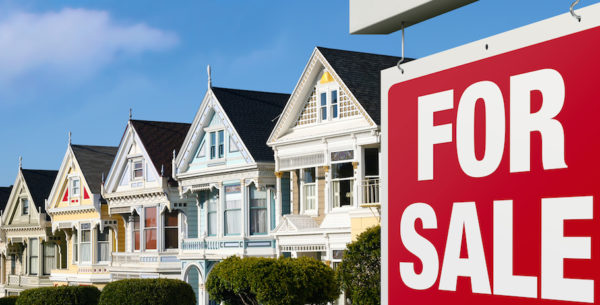

The annual house price growth across the United Kingdom has slowed to the lowest level in more than a decade, as property values in the south of England came under the greatest pressure.
The average property prices fell 0.3 per cent in April compared with a month earlier, taking the typical UK property price to £286,896. This is about £7,000 below last summer’s peak but about £28,000 higher than two years ago.
The UK Guardian is reporting that the four regions of southern England recorded house price falls over the past year with the south-east showing the largest dip (of 0.6 per cent, to an average house price of £387,469), while in all other regions and nations across the UK annual price growth remained positive in April.

In the regions, the south – Greater London, eastern England, the south-east and the south-west – buyers face the most expensive average property prices and therefore the biggest impact of higher borrowing costs after 11 successive interest rate rises by the Bank of England.
London continues to have the costliest homes anywhere in the country, and the average price fell by 0.2 per cent year on year to £538,409.
WEST MIDLANDS POSTED THE STRONGEST ANNUAL GROWTH
Meanwhile, the West Midlands posted the strongest annual growth of 3.1 per cent, taking the average property price to £249,554.
Just behind were Northern Ireland with annual growth of 2.7 per cent to £186,846, Scotland with an annual gain of 2.2 per cent to an average £201,489 and Wales with 1 per cent growth to £216,559.
Commenting on the slow growth, Kim Kinnaird, director of Halifax Mortgages explains, “While the housing market as a whole remains subdued, the number of properties for sale is also slowly increasing, as sellers adapt to market conditions.”
She said while mortgage approvals had increased, cost of living worries “remain real for many households,” noting that they will weigh on consumer sentiment and ability to buy.

Combined with the impact of higher interest rates gradually feeding through to those remortgaging their current fixed-rate deals, Kinnaird said the market is expecting some further downward pressure on house prices over the course of this year.
The average five-year mortgage fix fell below 5 per cent to 4.97 per cent at the start of the month but is still roughly double where it was this time last year.
12TH CONSECUTIVE RATE HIKE EXPECTED
The Bank of England is widely expected to raise interest rates on Thursday (May 11) for a 12th consecutive time to 4.5 per cent.
The central bank could be forced to raise interest rates to 5 per cent this summer, Goldman Sachs has warned, as the UK struggles to bring down inflation, the highest among the G7 group of advanced economies.

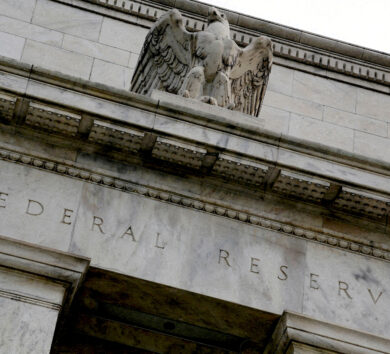
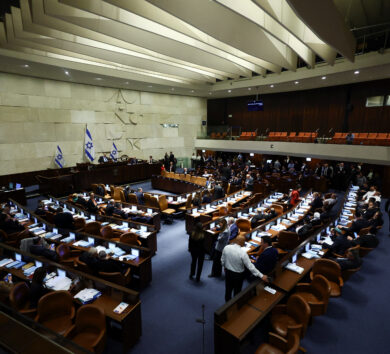

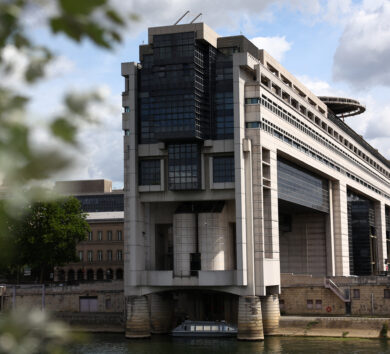
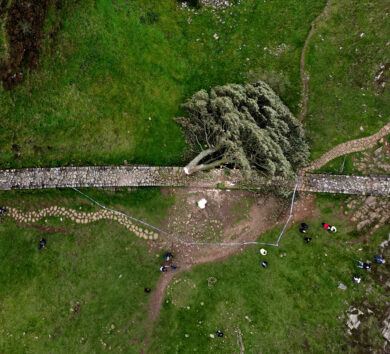
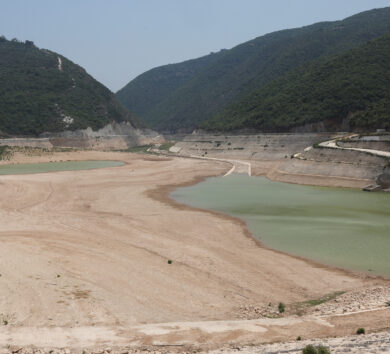
Comments